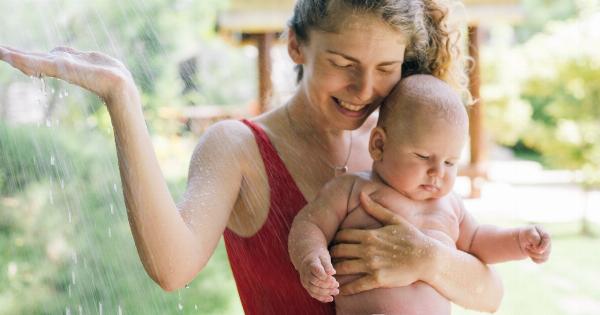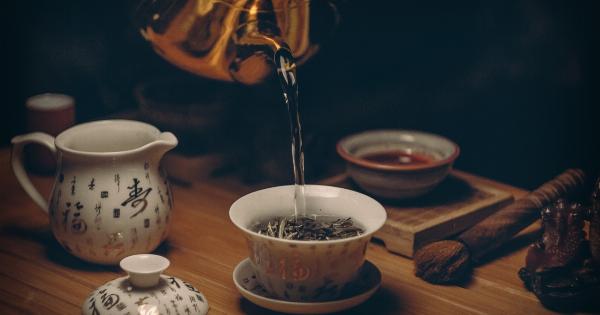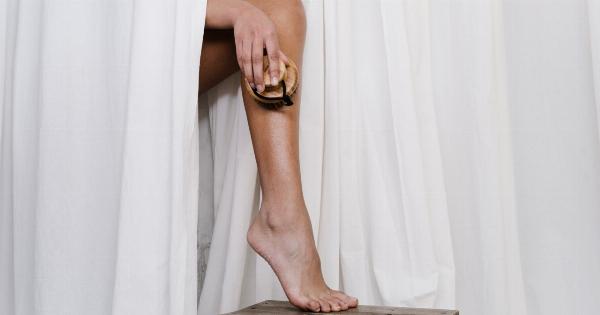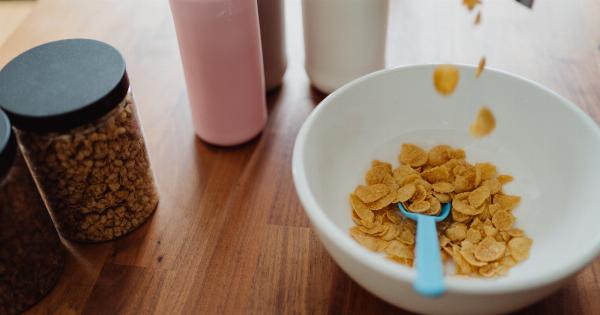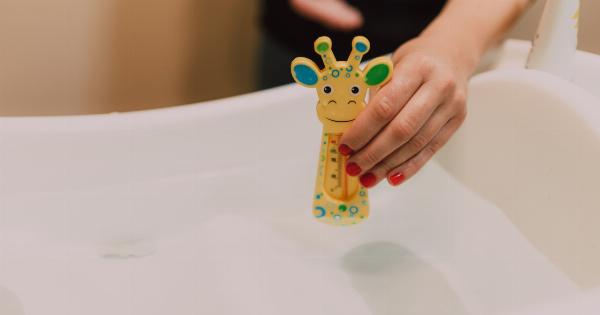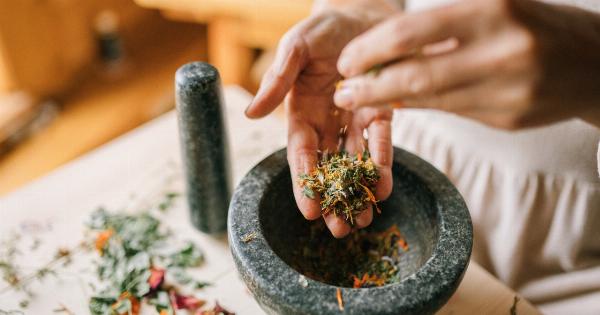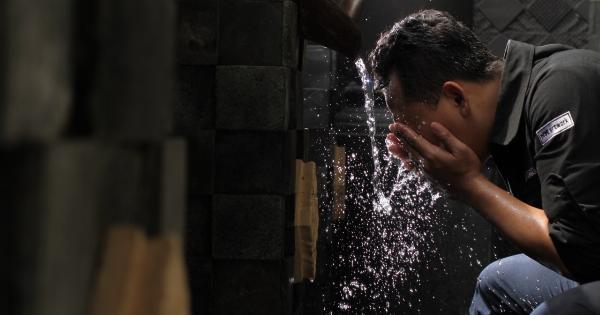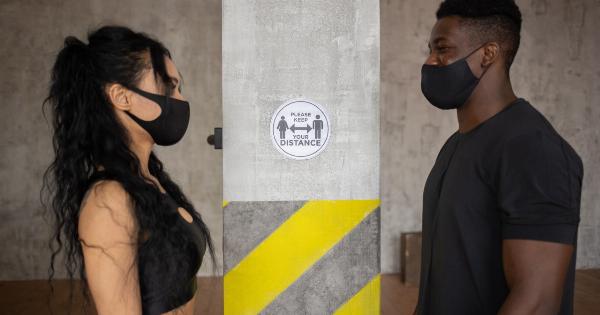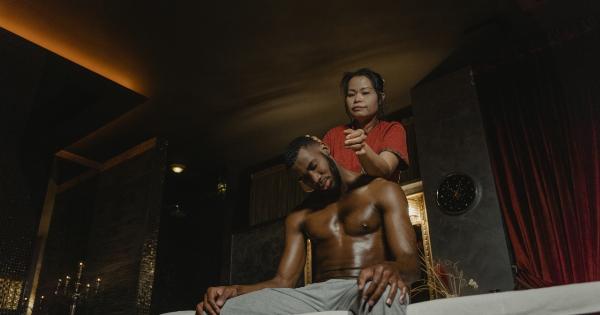Pides or Pediculus humanus capitis are the scientific name of head lice, parasites that usually infest the scalp. It is a common problem among school-aged children, but it can also affect adults who frequently come in contact with an infected person.
This article will discuss the causes, symptoms, diagnosis, and treatment of pides.
Causes of Pides
The most common cause of pides is close contact with an infected person. The head lice crawl from one head to another, especially when children play or share things such as combs, hats, and pillows.
Pides are not related to poor hygiene or cleanliness, but they tend to thrive in dirty hair. They can spread rapidly in crowded places like schools, camps, and nursing homes because of the proximity of people.
Symptoms of Pides
The main symptom of pides is an itchy scalp caused by the saliva that lice inject when they feed on human blood. The itching can sometimes be so intense that it impairs sleep and causes scalp irritation.
Other symptoms of pides are:.
- Tiny white or brown eggs (nits) attached to the hair shafts, close to the scalp. They are difficult to remove and resemble dandruff, but they do not come off easily when shaken or brushed.
- Adult lice about the size of a sesame seed, moving on the scalp, behind the ears, or at the nape of the neck. They can be seen with the naked eye or using a magnifying glass. They are adept at crawling and can move quickly from one hair shaft to another to avoid being caught.
- A rash or small red bumps on the scalp, neck, or shoulders, caused by the scratching. Over time, the skin can become infected and form crusts or sores if left untreated.
It is important to note that pides can spread to other parts of the body, but they cannot survive on pets or furniture, as they need human blood to live.
Diagnosis of Pides
If you suspect that you or your child has pides, you should consult a healthcare professional to confirm the diagnosis. A doctor or a nurse can examine the scalp and hair with a fine-toothed comb to look for lice and nits.
They may also use a special magnifying lens or a microscope to identify the size and shape of the lice and distinguish them from other types of insects or debris on the scalp.
Treatment of Pides
The most effective way to treat pides is to use a medicated shampoo or lotion that kills the lice and nits. The shampoo should be applied to wet hair, massaged into the scalp and hair, and then rinsed thoroughly with warm water.
Some shampoos require a second application after a week to kill any newly hatched nits.
Most medicated shampoos contain permethrin or pyrethrin, two insecticides that are safe to use and do not require a prescription.
Some shampoos also contain benzyl alcohol, ivermectin, or malathion, which may be prescribed by a doctor in severe cases or if the over-the-counter treatments fail.
In addition to medicated shampoos, the following steps may also help to get rid of pides:.
- Remove the nits with a fine-toothed comb or a special nit comb. The comb should be used daily for at least two weeks to ensure that all the nits are removed and no new lice hatch from them.
- Wash all bedding, clothing, and other personal items that have come in contact with the infected person in hot water and dry them on high heat to kill any lice or nits.
- Vacuum carpets, sofas, and other upholstered items to remove any fallen hairs or nits.
- Do not share hats, combs, brushes, or other personal items to avoid spreading the lice to others.
- Notify the school, daycare, or other institutions where the infected person has been, to prevent further outbreaks, and to allow them to take steps to disinfect the premises.
Conclusion
Pides, or head lice, are a common but annoying problem that affects millions of people worldwide. They are not a sign of poor hygiene and can be treated effectively with medicated shampoos and other measures.
It is important to diagnose and treat pides promptly to avoid complications and to prevent them from spreading to others. By following the steps outlined in this article, you can get rid of pides and enjoy a healthy and itch-free scalp.



